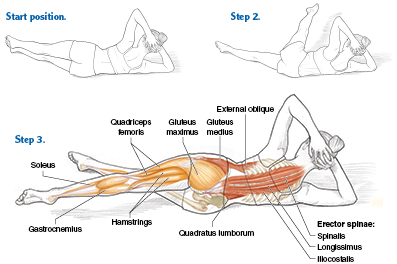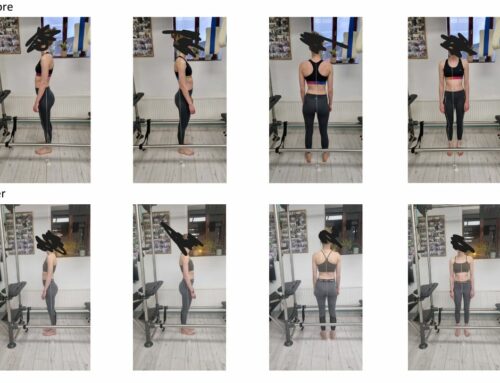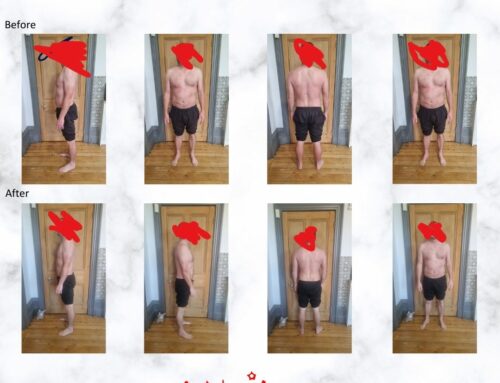When we look at traditional anatomy books, pictures or images, we are seeing someones interpretation of what’s important to them after dissecting, so they take charge of what’s worth cutting away and what’s worth keeping. All anatomy images when placed on exercises or marketed in movement/treatment are merely a perception of the authors view of the body working. An anatomical model is brilliant and we need this as foundation, but it does not take into account of how the body is connected and how it really works.
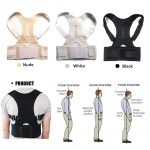 Let’s be honest, any manufacturer who wants to make money in anything will sell you a diet, a pill, a stomach toner or a shoulder harness. Wearing body supports including orthotics actually de centralises the central nervous system making us reliant on the product. It can be a great start for some people, but should not be relied upon.
Let’s be honest, any manufacturer who wants to make money in anything will sell you a diet, a pill, a stomach toner or a shoulder harness. Wearing body supports including orthotics actually de centralises the central nervous system making us reliant on the product. It can be a great start for some people, but should not be relied upon.

Isolation does not exist
We call the bodily connections ‘biotensegrity’. We are all physical, mental, emotional and spiritual human beings. ‘Biotensegrity’ is the term coined by Dr. Stephen Levin in the application of structures such as muscle, bones, tendons, ligaments and elastic cell membranes that are made strong by tension and compressed areas of the body.
Any system or treatment that does not take into account the rest of the body is doing a disservice not only to the client but to themselves. We are continuous connective tissue structures under tension and compression and move and function by continuously being under pull while the bones represent discontinuous compression. If having knee trouble we should always at look what’s going on above and below. For example look at the relation between the hips, shoulders and ankles to the knee and even include the viscera. Teeth relate to organs in the body, the same way pain and joint problems relate to organs in the body. It’s a viscera somatic connection.
Questions that clients, therapists, movement trainers or medical practitioners should ask themselves:
- Most injuries are connective-tissue (fascial) injuries, not muscular injuries—so how do we best train to prevent and repair damage and build elasticity and resilience into the system?
- There are 10 times more sensory nerve endings in your fascia than in your muscles; therefore, how do we aim proprioceptive stimulation at the fascia as well as the muscles?
- Traditional anatomy texts of the muscles and fascia are inaccurate, based on a fundamental misunderstanding of our movement function—so how can we work with fascia as a whole, as the “organ system of stability”?
- What’s going on with the clients ‘four doctors’: Dr.Quiet, Dr.Diet, Dr.Movement and Dr.Happy?
- What is the physiological load on the client? Assess the physical, chemical, electro-magnetic, psychic, nutrition and thermal loads? This will affect the clients ability to heal, reduce inflammation, improve sports performance, lose weight and maintain equilibrium of homeostasis.

Pilates and isolation
Joseph Pilates names his system ‘contrology’, meaning a full body system: ‘proximal to distal’ and ‘disital to proximal’ in modern day terms. Pilates recognised that motor functions of the brain control the stability of the body activating specific muscles in a functional sequence at controlled speeds and emphasising quality precision and control of movement.
Regular practice should lead to relaxation, control of the mind, enhanced body and self- awareness, improved core stability, coordination and posture, uniform muscle development, and decreased stress.
Complex movements are broken down step-by-step to internalize the pattern. We can take our intention and attention to specific muscles and body areas, but Joe’s intention was to not break Pilates down into upper body workout, lower extremity workout, or core only workout. If you are a client of ours, you will see the diversity of the repertoire and complexity and advancement of movements with the machines throughout the levels.
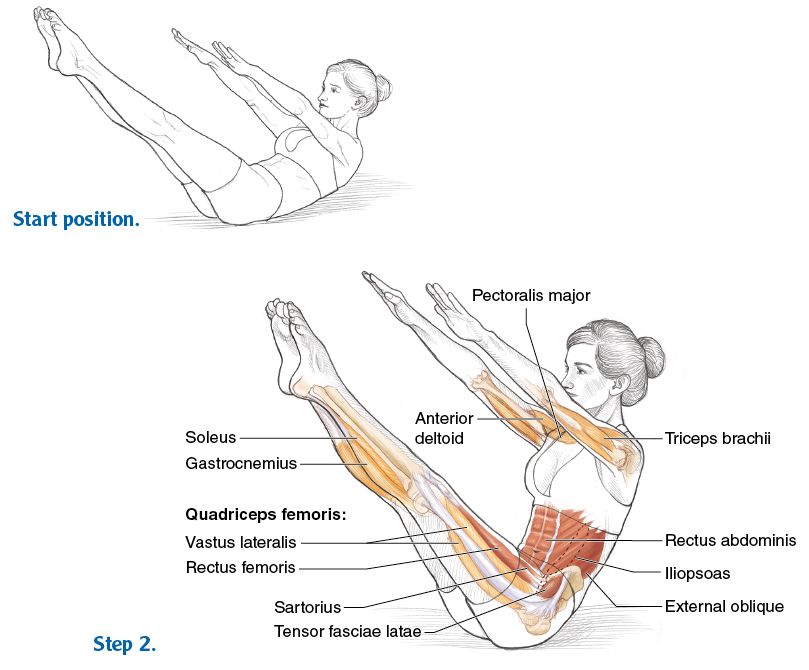
The effectiveness of Pilates is dependent on the instructor’s training but also the client’s disposition to receive. Although the Pilates method is resistance training (body weight only) we tend to use more intrinsic muscles (closer to the spine) whereas body building, weight training and cross fit will get more definition depending on reps, sets, tempos and loads.
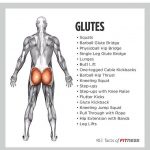 I am constantly being asked for core, glut, shoulder, and hamstring classes only. Of course this cannot exist in isolation as the body is constantly oscillating and every muscle is working and has a blood supply. However we can take our attention and intention to specific areas as a physiotherapist would do, in order for the client to be more focused. These would develop from simple to more complex and compound movements.
I am constantly being asked for core, glut, shoulder, and hamstring classes only. Of course this cannot exist in isolation as the body is constantly oscillating and every muscle is working and has a blood supply. However we can take our attention and intention to specific areas as a physiotherapist would do, in order for the client to be more focused. These would develop from simple to more complex and compound movements.
Resistance/weight training frequency (gym work)
It is important to undertake resistance training at least four times a week to gain optimal fitness (Charles Polaquin). Furthermore, do try to avoid training the same body parts on three consecutive days, as your body needs time to recover. Your results will be depicted by what you are doing when you are not training. For example, your breathing, sleeping, nutrition, hydration, stress and thinking will be good indicators of the effectiveness of your training.
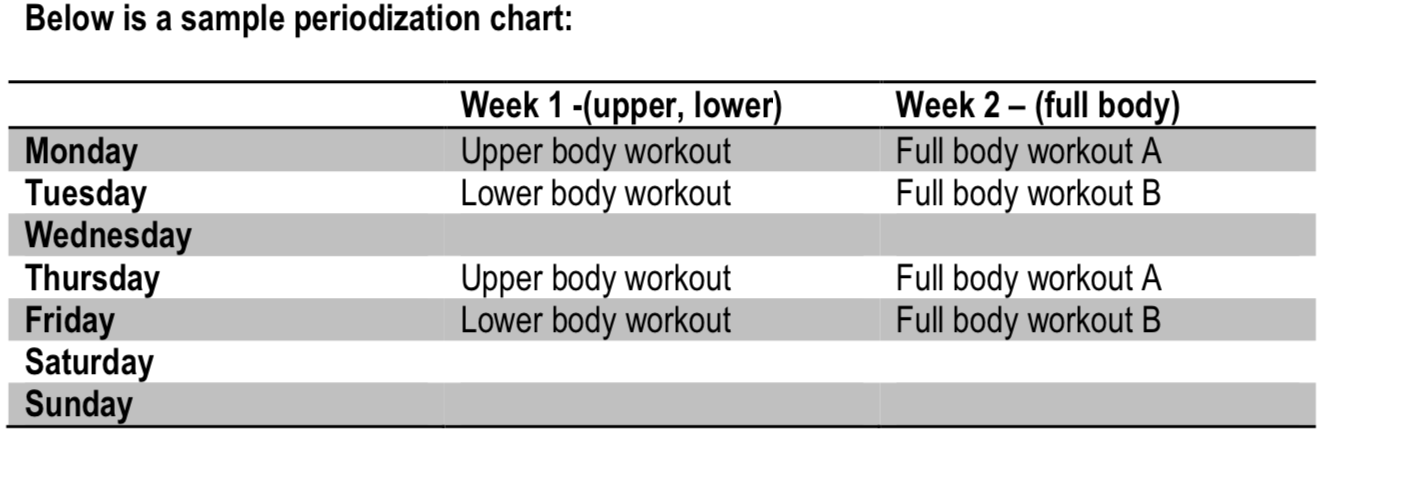 Bibliography:
Bibliography:
‘Eat, move and be healthy!’ – Paul Chek
‘Body Transformation’ – Nick Mitchell & Jonathan Taylor Charles Poloquin Blog
Pilates – What it is – Pub Med Sports Health. 2011 Jul; 3(4): 352–361. DOI: 10.1177/194173811141028

